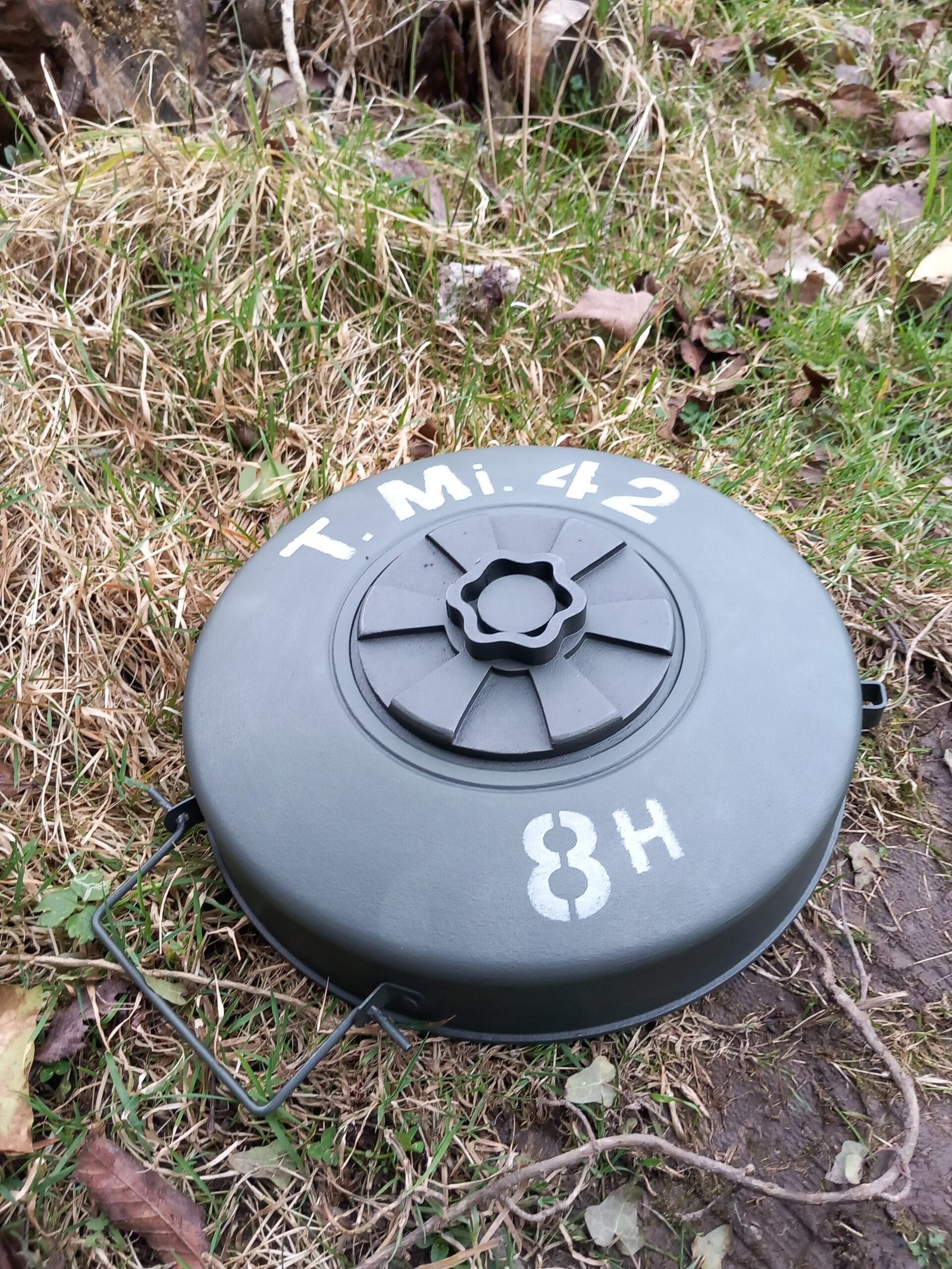This is a very short post but it would be remiss not to take the…
Blog


Recreating the 1890 UP Saddle
Nearly 2 years ago I was contacted by Gerard Hogan, an Australian Saddler and conservator…
Blog


Build, Demolish & Defuse Weekend-26 & 27 April 25
Last weekend in April I was fortunate to find myself helping at the Royal Engineer’s…
Blog


Visiting the Sappers at Railway Wood
During my last 2 weeks in Belgium I thought I would take time on the…
Events


Quick Update – Adding to the WW2 Display
At the moment I’m being kept busy with the transition from being overseas to coming…

